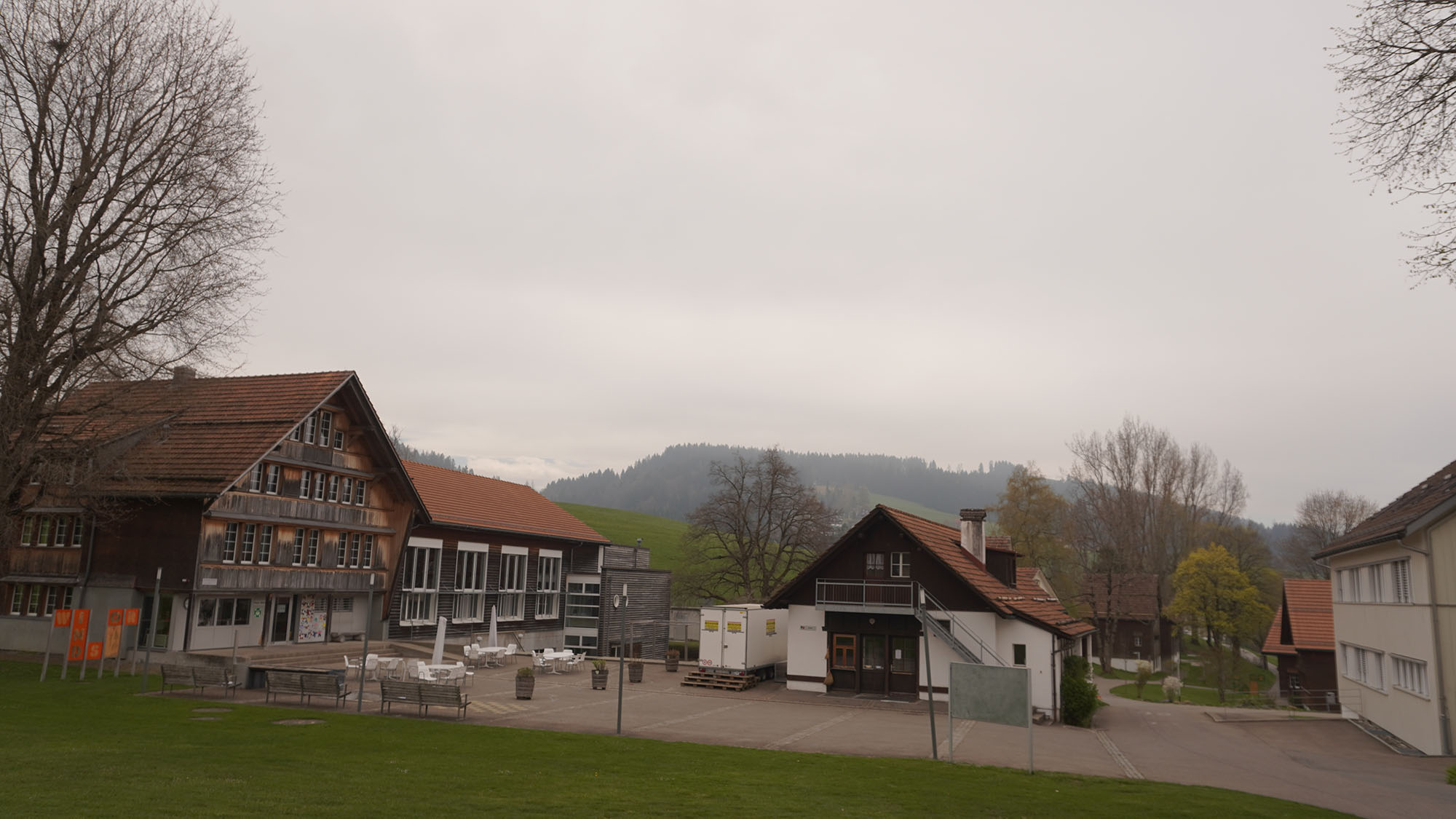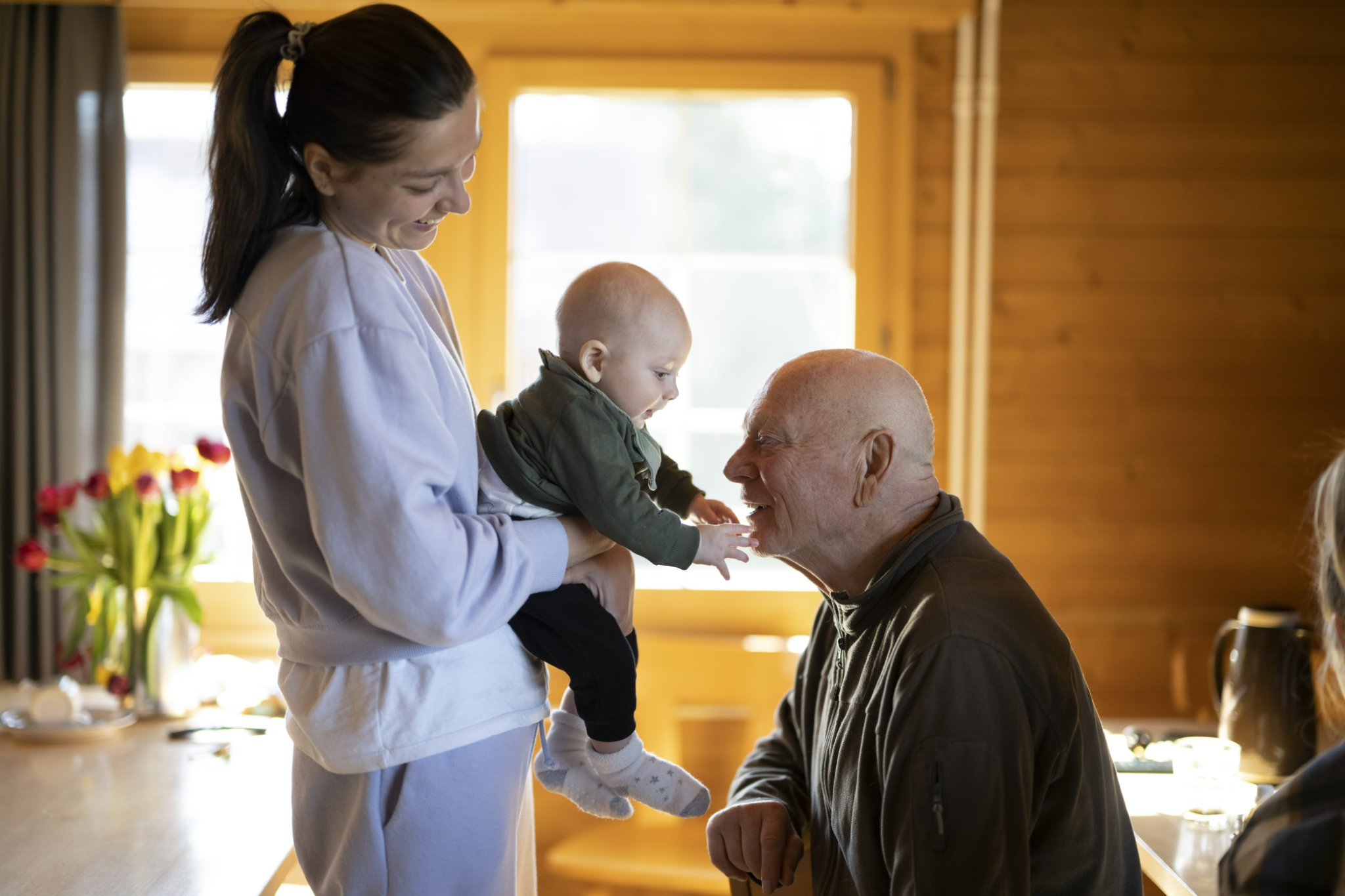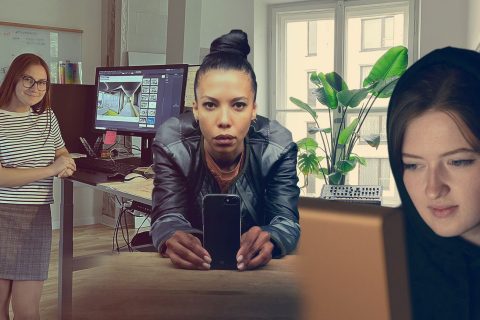
Swiss Village for World War 2 Victims Provides Shelter for Ukrainian Refugees
In the late 20th century, European teenagers were fond of Ian Serraillier’s Silver Sword. The novel is set during World War 2 and tells the story of Polish children enduring all kinds of challenges and hardships to join their parents in an “international children’s village” in Switzerland, thousands of kilometres away from their destroyed homes. Although the book doesn’t explicitly name the village, the readers can easily recognize Trogen’s Pestalozzi Village, a children’s centre established in 1946.
It was one of the first crowdfunding projects of its kind in Europe. Locals came together to build a utopian village in which architectural and pedagogical solutions reflected the ideas of humanism and respect for every child.
Nowadays, Pestalozzi Village — a village built for the children of the World War 2 era — has become a temporary shelter for dozens of Ukrainian kids. Read on to learn more about the history of this place and what happens there now.

Pestalozzi Village in 1974. Photo: Wikimedia Commons
A place to bring up the citizens of the world
At least 11 million people were left without shelter after World War 2. Among them were former concentration camp prisoners, foreign slave workers, and those who lost their homes. Camps for displaced persons were set up all over Europe, albeit the living conditions were quite austere there. Sometimes, people were kept behind the barbed wire fences without enough food and medications to sustain themselves or anything to occupy themselves with. Such camps existed in Europe up until 1959–1960.
Camps for displaced persons were set up all over Europe, albeit the living conditions were quite austere there. People were kept behind the barbed wire fences without enough food and medications to sustain themselves.
At the same time, activists from other countries kept looking for a way of creating an environment more comfortable for displaced persons. For instance, Walter Corti, a Swiss philosopher and editor-in-chief of the cultural magazine Du, published his description of a conceptually new shelter for children affected by the war in 1944. The principal idea was to create a space for children to live comfortably, study in their native language, and grow up in a non-violent environment until they return to their native countries. Naturally, they were supposed to grow up as “the citizens of the world”. The world without wars.
Corti’s ideas were influenced by Kant’s philosophy, his own involvement in the pan-idealist movement, and his own experience of treating tuberculosis in a health facility near Davos — the place described in The Magic Mountain by Thomas Mann.
Corti’s project was supported by Marie Meierhofer, a children’s psychiatrist and pedagogue who cared for war-affected children during World War 2, and activist Elisabeth Rotten. Then, in a rapid succession of events, the Kinderdorf Pestalozzi non-profit was established in 1945, the land was allocated in the Trogen municipality in March 1946 to build a children’s village, and, on the 28th of April of the same year, the first cornerstone was laid in the foundation of a house there.
On the 9th of September, orphans from France were accommodated in that house.
Bauhaus and crowdfunding: who built Pestalozzi Village and how
Architect Hans Fischli — a Bauhaus student who attended lectures of Wassily Kandinsky and Paul Klee — was responsible for designing Pestalozzi Village. Fischli stylized the houses as traditional Swiss chalets and implemented some trailblazing ideas, like creating private spaces and even providing personal furniture for kids in shelters.
Each building had to unite adults and children of the same nationality. Pestalozzi Village’s front were the English Thames House, Italian Pinnochio, Greek Argonauts, etc. The building names had to be reminiscent of fairytale characters or familiar toponyms from the residents’ native country. Each building had separate bedrooms for two to four children, a shared living room, a kitchen with modern equipment, bedrooms for parents or teachers, a learning class, and workshops.
The building process involved 600 volunteers from 17 countries. Trogen residents helped, too, bringing wood and tools, assisting in construction, and funding the construction of the road from Trogen to the children’s village. The construction of the first buildings was funded with the money raised from the sale of local children’s handicrafts shaped like the village’s emblem — the sun.
Businesses contributed, too, including Swiss chemicals producer Ciba, British TV company Blue Peter, and others. Activists from various countries sent food and construction material to Trogen, with coal coming from Poland and oranges from Israel, for example. Nurses in one of Zurich’s hospitals gave up their suppers once a week to raise money for the village’s construction.
Nurses in one of Zurich’s hospitals gave up their suppers once a week to raise money for the village’s construction.
Finally, the principal objective was fulfilled. The community not only built a village for kids but also helped organize their day-to-day lives there so that it felt like home to them at times. Mary Buchanan tries to illustrate how it looked in her book The Children’s Village: “that familiar homely sight, a clothes-line, with white and coloured garments waving gaily in the breeze, while the crickets chirp in the grass of the meadows where a donkey, one of the many pets, grazes in the shade of a large lime-tree.” This is nothing like what you would imagine, hearing the words “a shelter for refugees and orphans.”

A utopian village
From the very beginning, Pestalozzi Village was rooted in a somewhat utopian vision of the children developing in such conditions that they would not let wars happen once back in their native countries as adults. The village’s mission was “helping children overcome deeply ingrained national preconceptions, which are often artificially implanted, and enabling them to return to their native countries as true citizens of the world cherishing goodwill between people.”
The village’s mission envisioned the children developing in such conditions that they would not let wars happen once back in their native countries as adults.
This vision also respected each person’s language and religion. Therefore, Polish children studied with Polish teachers and French — with the French ones. Before noon, the kids had classes in their native languages and after — joint classes in German.
For a long time, Pestalozzi Village was managed by Arthur Bill — a military pilot, pedagogue, public figure, founder of the Swiss Emergency Response Corps, and a fighter for the well-being of people in developing countries. Over the first years of its existence, Trogen’s Pestalozzi Village became a temporary home for children from Italy, Poland, Austria, Germany, and the UK. In 1956, it welcomed refugees from Hungary and in 1960 from Tibet.
In the 1970s, the format changed because it was seen as more practical to care for children in their native countries instead of moving them to the utopian village. Pestalozzi Children’s Foundation started working on four continents, helping 200,000 kids annually.
The twelve buildings of children’s village Trogen had no permanent residents over the past years. Still, kids from all over the world came here for short-term programmes and summer camps. Everything changed in March 2022.
Pestalozzi Village welcomes Ukrainian children
On the 2nd of March, Pestalozzi Village made a statement: given the extremely challenging situation and how many refugees are fleeing Ukraine, the children’s village is ready not only to provide humanitarian aid to the Eastern European children, as it did over the past 30 years, but also to accommodate Ukrainian families.
Pestalozzi Village’s Chief of Public Relations Max de Boer said the village’s houses accommodate about 150 Ukrainians now, mostly women with children.
A team of 80 people is currently working in the village. They are available 24/7 to provide legal and psychological assistance and any essentials the temporarily displaced families might need. Also, they organize classes and entertainment for kids. Like in 1946, locals are actively getting involved, too. The religious community has arranged for buses to meet the Ukrainians at the Swiss border and get them to their destination. Doctors are ready to provide medical services free of charge. Local residents donate money, clothes, and other things.
Paula Bialski has lived in Trogen with her husband for a little under a year. She has also joined in to support Ukrainians. “Previously, we sold bikes or spread the word about upcoming fairs in our chats, and now every message is about how to help the Ukrainians. Once, I read about a family of 9 that used to live near Kyiv was looking for a home,” she recounts. “I knew there were houses at Pestalozzi Village but wasn’t sure if any free accommodations were left. So I just e-mailed the village administration. They quickly answered, writing there were vacant accommodations, and they could accept people. We contacted the family, picked them up at the Swiss border, and brought them here. But this is not the kind of help that’s, like, ‘meet them once, pat them on the shoulder, and forget’. We commit to staying in touch with the people that arrive here. This is how I discovered that one of the girls in that family was seriously into ballet. A local teacher has noticed her and currently helps her find an instructor who could train her.”
Maryna Hryshai, a film director who evacuated with her mother and little daughter from Kyiv, described her experience in the village: “We live in a house built in the 1940s. The wife of a local man who helped build it is still alive — she is 103 years old, and everyone knows her. I often think about this man and imagine how he worked here and how the kindness of his heart keeps us warm through the years. The volunteers are incredible. They are always nearby, available 24/7, quickly answering our any inquiry, but still leaving private space for us. They make us feel at home, if only temporarily. Every day, we get food for cooking. Also, locals have set up a kiosk, where we can get household goods and even home decor free of charge. Psychologists work with us. There are many activities for children, classic music concerts, as well as a dedicated space where people can pray, meditate or have some “me-time” in silence.”

Maryna Hryshai in Pestalozzi Village
“We live in a house built in the 1940s. A wife of the local man who helped build it is still alive—she is 103 years old.”
When Maryna arrived in Trogen, she saw a Swiss art magazine. On its cover was a woman with a child, with a long road behind them and a house far in the background. Maryna easily recognized herself in that illustration. “They have great living conditions and amazing views here, but there is one hitch. This is not our home,” she said. “So, every Ukrainian here enjoys all this beauty, but not quite. All our thoughts, our relatives, and our hearts are in Ukraine.”
Photos (if not indicated otherwise): Maksym Zaika
New and best



















